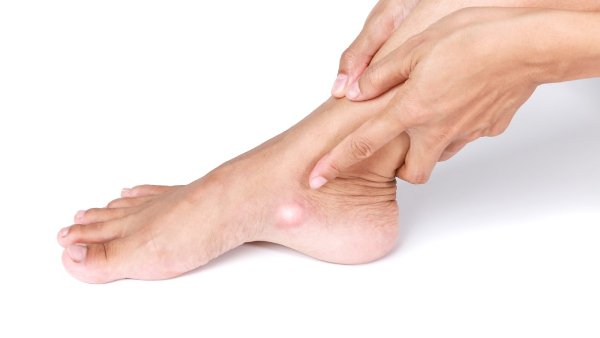Accessory Navicular
Accessory Navicular: Dr. Ishwar Meena Foot and Ankle
An accessory navicular is an extra bone in the foot that some people have, and it can be an issue treated by Dr. Ishwar Meena, a Foot While it’s harmless for many, it can sometimes cause pain or discomfort. Dr. Meena specializes in treating. He provides expert care to help patients manage and treat issues related to the accessory, ensuring they can return to a pain-free life.
What is an Accessory Navicular?

Why is it Important explained by Dr. Ishwar Meena
Why is it Important explained by Dr. Ishwar Meena
Foot Pain
Especially on the inside part of the foot.
Swelling
The area around the extra bone might get puffy.
Difficulty Walking
It might hurt when you walk or run.
Arch Problems
Your arch might feel weak or sore.
How Dr. Ishwar Meena Diagnoses Accessory Navicular
To find out if you have an accessory navicular, Dr. Ishwar Meena, a foot , will check your foot carefully.
- X-rays: These special pictures can show the extra bone and help figure out what’s causing the pain.
- Physical Exam: Dr. Meena will look at your foot and ask you about where it hurts and how it feels.
Treatment Options
If the extra bone is causing problems, Dr. Ishwar Meena Foot and Ankle Surgeon can help:
Rest and Ice
Sometimes, just resting your foot and putting ice on it can help reduce pain and swelling.
Special Shoes
Wearing shoes with good support can help make your foot feel better and prevent pain.
Orthotics
These are special inserts for your shoes that can help support your foot and make it more comfortable.
Physical Therapy
Doing specific exercises and stretches can help build strength in your foot and ease discomfort.
Surgery
If the pain is very bad and other treatments don’t work, Dr. Meena might suggest a small surgery to remove the extra bone or fix any problems it’s causing.
Why is Surgery Needed?
Surgery might be needed if the accessory navicular causes severe pain that doesn’t get better with other treatments. When the extra bone causes constant discomfort, difficulty walking, or limits daily activities, removing it can help relieve these problems. Surgery can also correct any issues caused by the extra bone that may be affecting your foot’s function.
Top Reasons to Choose Dr. Ishwar Meena
Dr. Ishwar Meena is a top foot and ankle doctor who is very good at treating foot problems like an accessory navicular. At the Dr. Ishwar near the Railway Colony Jagatpura, he helps people with many different kinds of foot issues, from sports injuries to conditions like flat feet. He uses the latest methods to make sure his patients get the best care possible.
An accessory navicular is a special kind of extra bone that some people have in their feet. While it might not cause any problems for some, it can be uncomfortable for others. If you think you might have this extra bone or if you have foot pain, Dr. Ishwar Meena at the Dr. Ishwar near the Railway Colony Jagatpura can help. With his expertise in treating foot and ankle issues, he can provide the right treatment to help you feel better and get back to your favorite activities.






